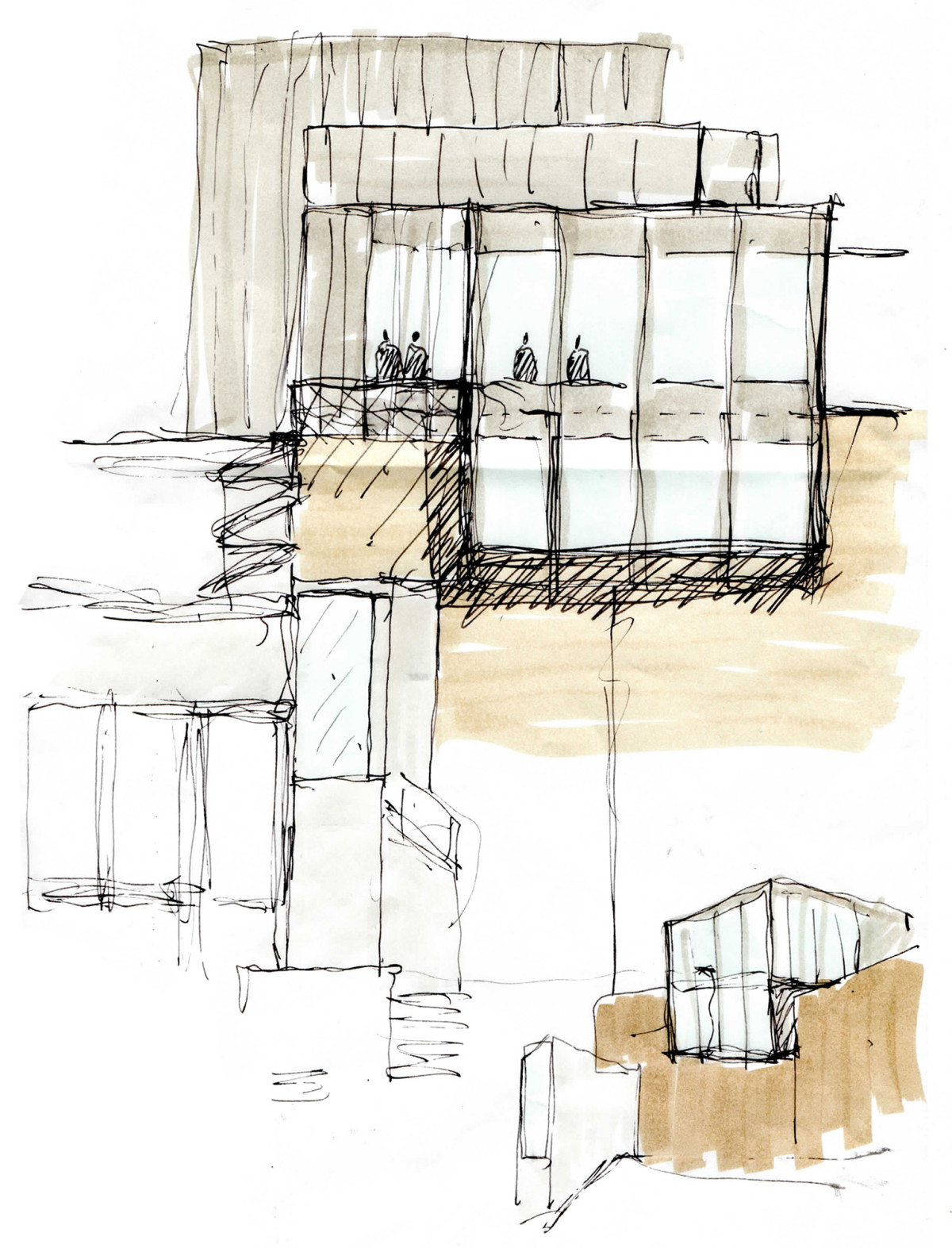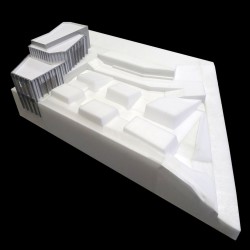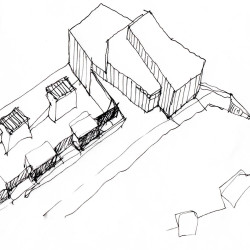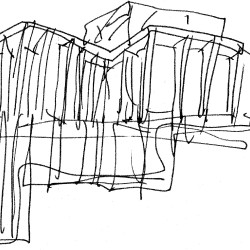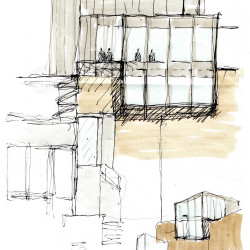Jamie Fobert . + dezeen
Jamie Fobert’s extension to Tate St Ives opening to the public this Autumn.
_
Situated on a sensitive site in this small, historic town on the beautiful Cornish coast, the new building is sunk deep into the cliffs, yet it benefits from strong, coastal natural light from above thanks to the insertion of rooflights. The exterior responds to the vernacular architecture of St Ives and the natural forms of the coastline; the generous space and light within belies the discretion of the building’s external form.
The new gallery will be a single, column free, 500m2 volume with the ability to be configured into multiple arrangements of six smaller galleries as required. The new gallery is equal in size to all five galleries of the original building. The single volume is neutral in detail, allowing for the varied practices of contemporary art.
The constraint of the architectural language relaxed when we turned to the roof construction. From the beginning, we were concerned to make a space which answered the needs of Tate but also felt grounded in its rural, coastal setting. The fishing lofts adopted by the St Ives artists in the 1940s were rough constructions in stone with exposed timber joists for their ceilings. In our proposal, these have been adapted into concrete beams to span the 16.5m width of the gallery. Above these sit six large light chambers diffusing the beautiful light of St Ives which brought the artists here a century ago. The entire roof construction will be in in-situ cast concrete, continuing the rough no-nonsense sensibility of St Ives.
The exposed roof and the light chambers of the submerged gallery provided an opportunity for us to create an additional element to the project that was not in the brief. Our architectural approach treats the roof as a continuation of the landscape of the Cornish coast. We have introduced a series of public, landscaped spaces, with a gentle set of stairs weaving between the elevated volumes of the light chambers, meeting an existing path which leads to the sea.
All of the support functions, including delivery, art care, and office spaces have been condensed into a small, domestic-scaled building. In reference to the history of ceramicists in St Ives, such as Bernard Leach, it is clad using hand-glazed tiles. In form and materiality, the pavilion has a quality and richness of expression appropriate to and indicative of its gallery use.

